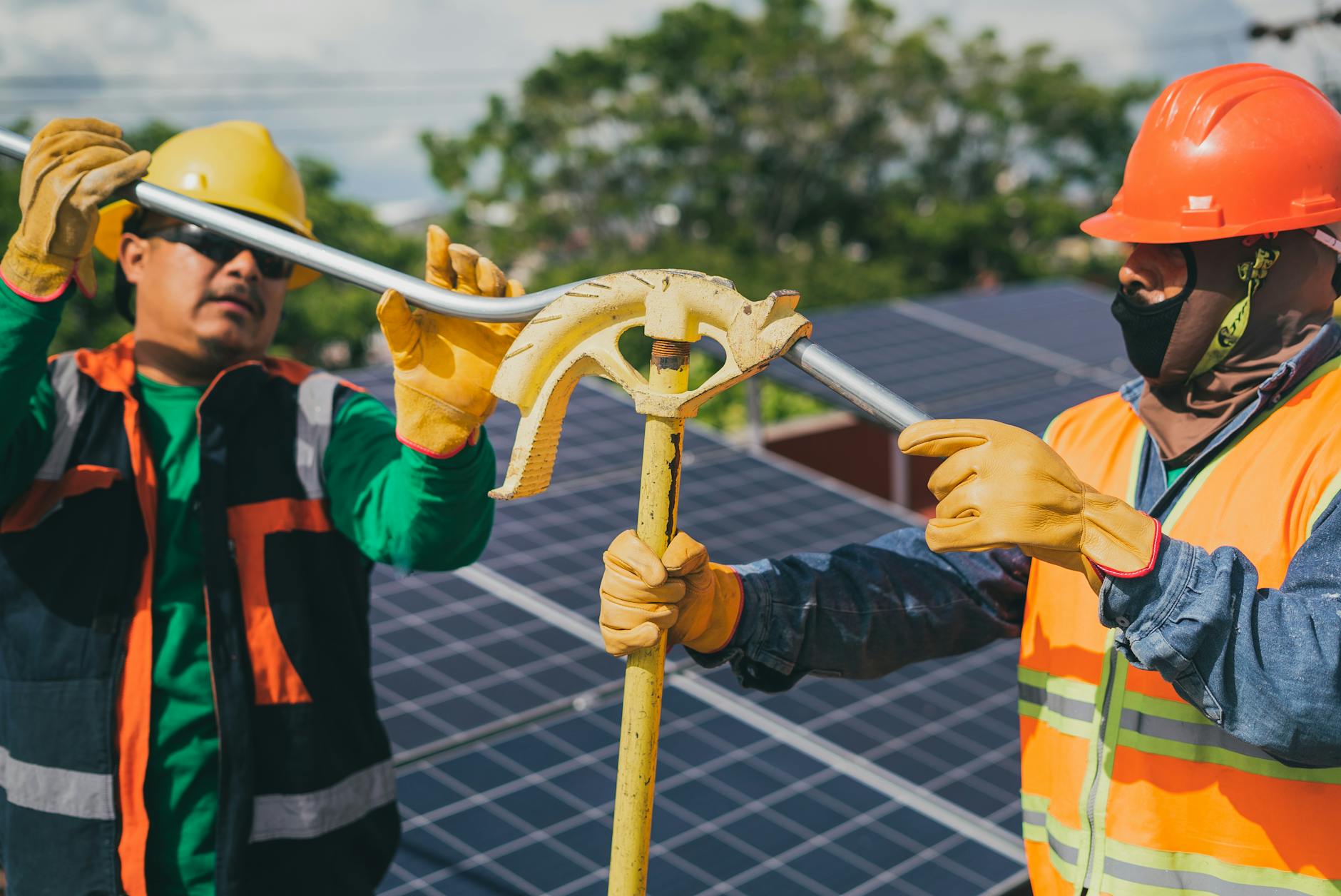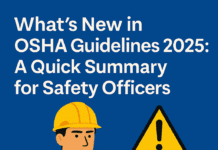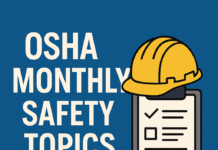
What PPE is Required by OSHA?
Introduction
When it comes to ensuring workplace safety, the Occupational Safety and Health Administration (OSHA) plays a crucial role. OSHA is a federal agency that sets and enforces standards to ensure safe and healthy working conditions for employees across various industries in the United States. One of the key aspects of maintaining workplace safety is the proper use of Personal Protective Equipment (PPE). In this article, we will delve into the PPE requirements mandated by OSHA and its significance in safeguarding workers.
Understanding OSHA Regulations
OSHA regulations are designed to protect workers from hazards present in the workplace. These regulations encompass a wide range of safety measures, including the use of PPE. OSHA standards outline the requirements for employers to provide appropriate PPE and ensure its proper usage by employees.
General Requirements for PPE
OSHA mandates that employers must assess the workplace for potential hazards and provide suitable PPE to mitigate these risks. Employers are also responsible for ensuring that PPE is properly maintained, cleaned, and replaced as needed.
Types of PPE Required by OSHA
Head Protection
In industries where there is a risk of head injuries from falling objects or overhead hazards, OSHA requires the use of protective helmets or hard hats.
Eye and Face Protection
OSHA mandates the use of safety glasses, goggles, or face shields to protect workers from eye and face injuries caused by flying particles, chemicals, or other hazards.
Respiratory Protection
In environments where there is exposure to harmful airborne contaminants, OSHA requires the use of respirators to protect against inhalation hazards.
Hand Protection
For tasks involving potential hand injuries from cuts, abrasions, or chemical exposure, OSHA mandates the use of gloves made from appropriate materials.
Foot Protection
In workplaces where there is a risk of foot injuries from falling objects, crushing hazards, or sharp objects, OSHA requires the use of safety shoes or boots.
Hearing Protection
In environments with high noise levels that can cause hearing damage, OSHA mandates the use of earplugs or earmuffs to protect against noise-induced hearing loss.
Specific Industry Requirements
OSHA regulations may vary based on the specific hazards present in different industries.
Construction
In the construction industry, OSHA requires additional PPE such as fall protection equipment, reflective vests, and hard hats with chin straps.
Healthcare
In healthcare settings, OSHA mandates the use of PPE such as gloves, gowns, masks, and face shields to protect against exposure to infectious agents.
Manufacturing
In manufacturing facilities, OSHA may require PPE such as safety goggles, gloves, and protective clothing to safeguard workers from machinery-related injuries and chemical hazards.
Training and Compliance
Ensuring proper usage of PPE is crucial for its effectiveness in protecting workers. OSHA requires employers to provide training to employees on the proper selection, use, and maintenance of PPE. Employers must also enforce compliance with safety regulations to minimize the risk of workplace accidents and injuries.
Cost and Accessibility
While ensuring compliance with OSHA regulations may entail costs for employers, the investment in PPE is essential for maintaining a safe work environment. Employers must prioritize the accessibility of PPE to all employees to effectively mitigate workplace hazards.
Common Myths and Misconceptions
Despite the importance of PPE, there are common myths and misconceptions surrounding its usage. Addressing these misconceptions is crucial to ensuring proper compliance with OSHA regulations and promoting workplace safety.
Benefits of OSHA Compliance
Compliance with OSHA regulations not only reduces the risk of workplace accidents and injuries but also fosters a culture of safety within the organization. By prioritizing employee health and safety, employers can enhance productivity, reduce absenteeism, and build trust among employees.
OSHA (Occupational Safety and Health Administration) mandates specific Personal Protective Equipment (PPE) for various workplace environments to ensure the safety and health of workers. Common types of PPE required by OSHA include:Eye and Face Protection: Safety glasses, goggles, or face shields to protect against impact, chemical splashes, radiation, or debris.
Head Protection: Hard hats or helmets to safeguard against falling objects, electrical hazards, or head injuries.
Foot Protection: Safety shoes or boots with toe caps and puncture-resistant soles to prevent foot injuries from falling objects, crushing hazards, or sharp objects.
Hand Protection: Gloves made of appropriate materials such as leather, rubber, or chemical-resistant materials to shield against cuts, burns, chemical exposure, or punctures.
Respiratory Protection: Respirators, masks, or respirator cartridges to filter out airborne contaminants, gases, vapors, or particulates.
Hearing Protection: Earplugs or earmuffs to reduce exposure to loud noises and prevent hearing loss.
Body Protection: Coveralls, aprons, vests, or full-body suits to shield against chemical exposure, extreme temperatures, or physical hazards.
Fall Protection: Harnesses, lanyards, lifelines, or guardrails to prevent falls from heights and minimize the risk of serious injuries or fatalities.
These are just some examples of the PPE required by OSHA. The specific requirements may vary depending on the industry, workplace hazards, and tasks performed by employees. Employers are responsible for conducting hazard assessments, providing appropriate PPE, training workers on its proper use, and ensuring compliance with OSHA standards.Conclusion
In conclusion, understanding the PPE requirements mandated by OSHA is essential for maintaining workplace safety and protecting employees from occupational hazards. By adhering to OSHA regulations and providing adequate PPE, employers demonstrate their commitment to ensuring a safe and healthy work environment for all employees.
OSHA Exam Questions and Answers
List of OSHA Standards for Safety
FAQs
- Does OSHA require employers to provide PPE? Yes, OSHA mandates that employers assess workplace hazards and provide suitable PPE to protect employees.
- What are some common types of PPE required by OSHA? Common types of PPE include hard hats, safety glasses, respirators, gloves, safety shoes, and earplugs.
- Is training on the proper use of PPE mandatory for employees? Yes, OSHA requires employers to provide training to employees on the proper selection, use, and maintenance of PPE.
- Do OSHA regulations vary across different industries? Yes, OSHA regulations may vary based on the specific hazards present in different industries, such as construction, healthcare, and manufacturing.
- What are the benefits of OSHA compliance for employers? OSHA compliance reduces the risk of workplace accidents, improves employee morale and productivity, and fosters a culture of safety within the organization.
























